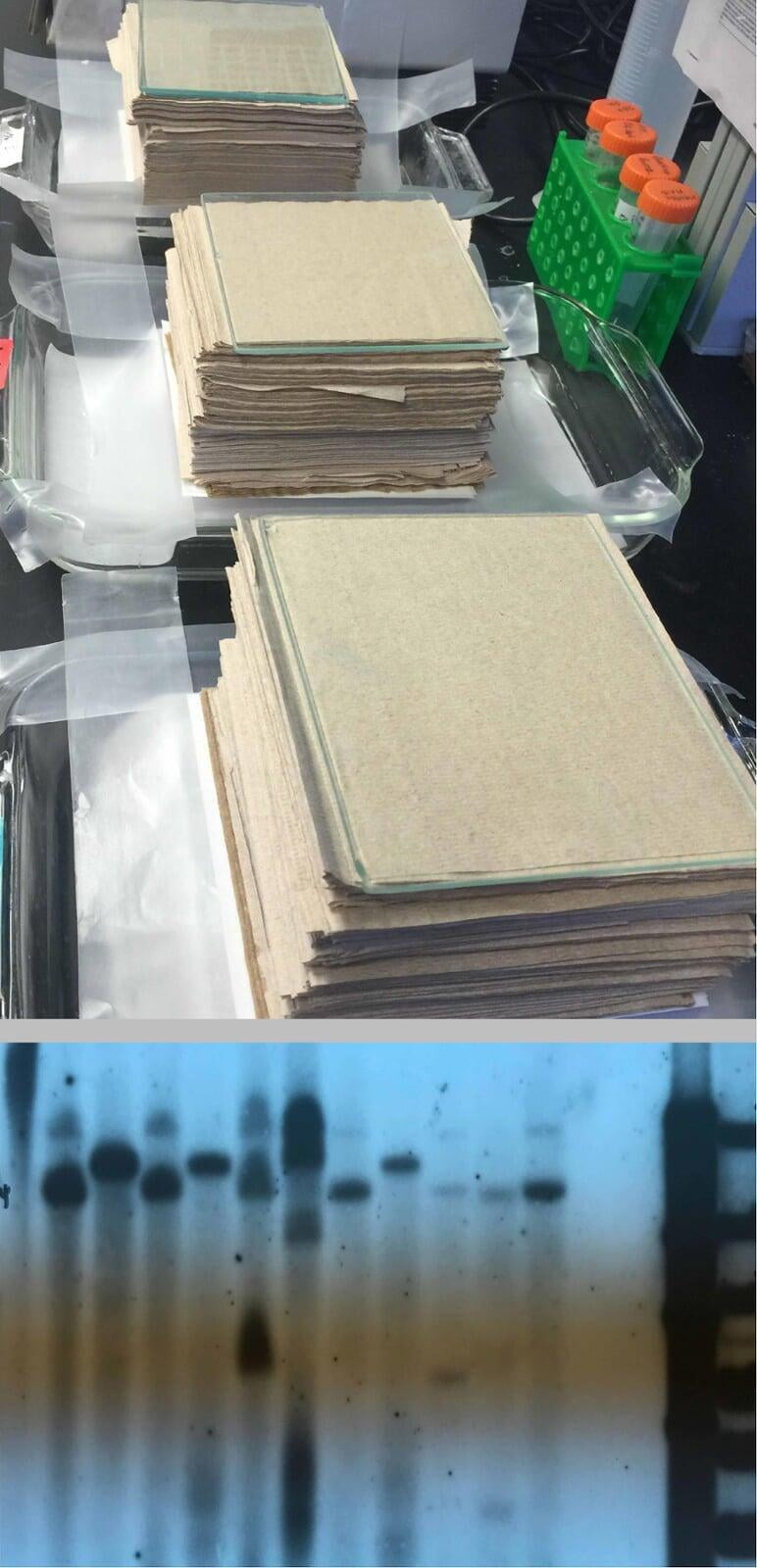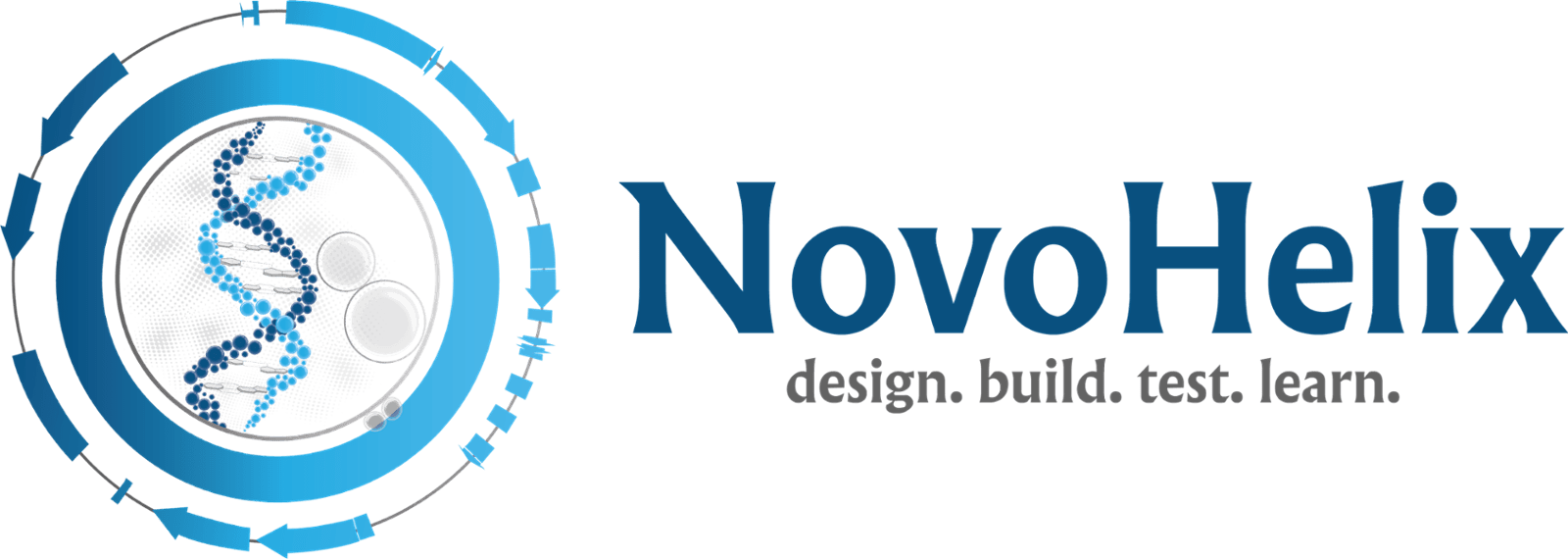While traditionally Southern blotting has been used to screen ES cell clones for the correctly targeted allele in gene targeting experiments, Southern blotting is increasingly being used as a facile and economic method to screen clones to deconvolute gene editing events from DNA breaks introduced by RNA-guided nucleases like CRISPR-Cas9. Several research groups including ours have observed unexpected genomic damage including large deletions and complex rearrangements using CRISPR tools in ES cells and founder animals that cannot easily be detected by PCR. Consider, for example, the introduction of a point mutation with a single-stranded oligo template and CRISPR-mediated DSB: gene editing often results in heterozygous mutations but these can appear deceivingly homozygous. In this example, PCR screening of the intended knockin/point mutation and Sanger sequencing of the amplicon could yield a clean trace that appears as a homozygous biallelic point mutation. Upon further inspection by Southern analysis, however, a kilobase deletion of the trans allele obfuscates the heterozygous editing event that has occurred. Because the PCR primers bound within sequence that was deleted on the trans allele, the large deletion is missed and erroneously miscalled as homozygous. In cell line models there is of course no means to breed out these mutations, and more clones would need to be screened if a homozygous point mutation is desired. Southern blotting for CRISPR cell model generation has come back en vogue because screening by next-generation sequencing can be more costly. In addition to validating CRISPR models, NovoHelix provides Southern blotting service to confirm that an allele has been correctly gene targeted by homologous recombination and to detect the presence of any mistargeting events.
Examples of mistargeting events that Southern blotting can potentially deconvolute include random integration of the donor vector, rearrangement or deletion at the target locus, and integration of targeted concatomers containing vector backbone that may have occurred during single cell cloning, selection and expansion steps. Additionally, Southern blotting can be used to monitor transgene array stability and transgene copy number after germline passage/breeding. We provide service packages that include the target site fingerprinting strategy, DNA extraction, restriction enzyme digestion, electrophoresis, transfer and UV crosslinking to a nylon membrane, probe labeling and hybridization. Depending on experimental goals, we have successfully stripped a single blot multiple times and re-probed it to gain additional structural data. Contact us directly to describe your project goals in greater detail, and we will provide a preliminary quote including: timeline, deliverables and a no-obligation cost estimate.


